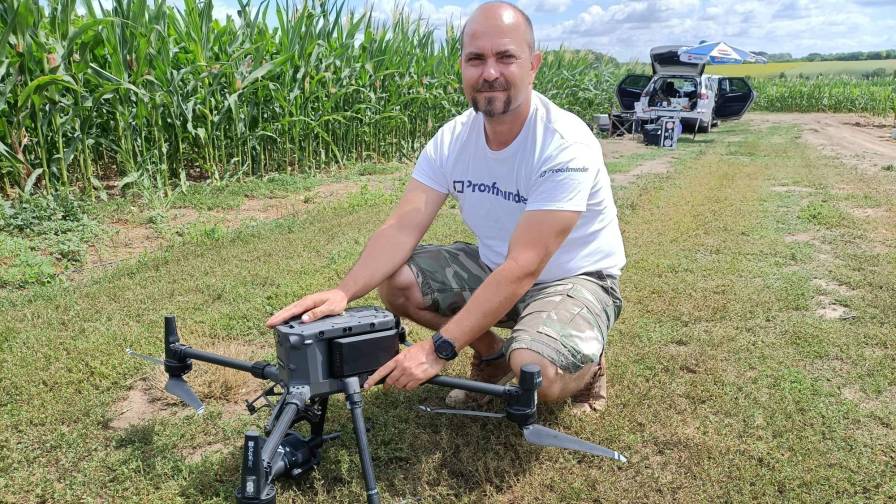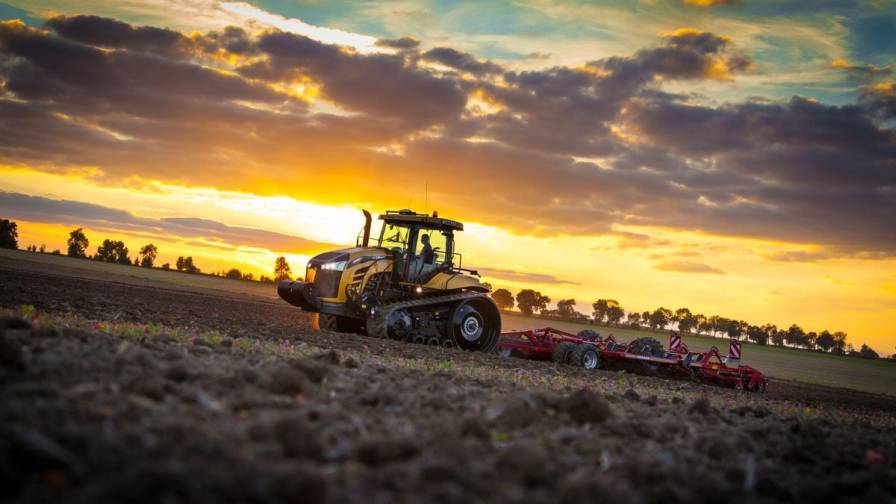Imagery in Agriculture: Time for a Reality Check (Part Two)
So here we go again. Since we are now in the heat of summer, everyone seems to once again be clambering for imagery of their fields or some data that’s imagery related. Oddly enough though, not too recently this really wasn’t a thing most cared about. Heck for some, they still don’t and it’s part of what I plan to talk about in this article. The other part you see is more about some of the inherent issues that imagery has and how others are promoting and even using it incorrectly. Let’s start here with the first one and hopefully it’ll lead us to the other. Strap in…
I’ve seen more and more people start to use imagery from satellites, aerial, and drones to say the least. Many just want a pretty picture naturally, but of course the real value is using the data to do something with it. The issue though is some are starting to see some inherent problems with this data for different things. It really comes down to an old problem the precision ag industry has. That is for some groups, we sell or work with one type of dataset so that is all you need. This has been a problem with soil, yield, topography, and EC/conductivity as well, not collectively but individually.
It’s pretty easy to see why this happens since most are just trying to sell a product they know well and behind a system that works well with that data. Even Satshot which I’ve always been connected to has done this from time to time. Now that’s not to say we promoted it as the only answer like some have had issues with. At times, sure kinda but not often (at least I didn’t as much, cough cough Lanny). So, my issue here lies with the fact that there are many new groups touting imagery as THE ANSWER TO EVERYTHING! It’s not and it can’t be. More data the better always.
Not only are some touting it as all you need, but I think some of the processes are inherently flawed as well if you’re not careful like normalizing multiple dates and years of data together. I’ll get to that shortly. Now you may be asking yourself, “Well, what are the issues with it not being able to work that way?” The short answer is, imagery is only showing you how the crop is growing relative to itself at that moment, not why it’s growing this way or why these patterns are a certain way. That is really the main issue and one that more need to understand to use imagery data correctly.
MORE BY NATHAN FALEIDE
 You see, while imagery maps are cool to look at and showcase a lot of information they just can’t tell you everything or the whole picture. Granted, if you know your fields well and you find the correct image data that basically matches what you know of it in your head, then and only then can you use imagery alone as a single dataset, for say, prescriptions for variable rate application. That is what my father and I touted throughout the years and still do. Now for scouting, well that’s different but at the same time regardless, ground truthing is almost a must no matter what you plan to do with it agronomically.
You see, while imagery maps are cool to look at and showcase a lot of information they just can’t tell you everything or the whole picture. Granted, if you know your fields well and you find the correct image data that basically matches what you know of it in your head, then and only then can you use imagery alone as a single dataset, for say, prescriptions for variable rate application. That is what my father and I touted throughout the years and still do. Now for scouting, well that’s different but at the same time regardless, ground truthing is almost a must no matter what you plan to do with it agronomically.
My point being is imagery can’t necessarily always show the exact patterns of how your soils and topography interact with your crop or where weeds and diseases are. They can in the right instances, but you need to know more about it than just an image in most cases. So my issue lies with the people that don’t talk about it this way. The ones that just say, make a prescription map in a few seconds based on the most recent automated patterns. NO! NO! NO! THAT IS THE WRONG WAY TO USE IT!
As with any data, you usually need to adjust it or throw out the bad stuff. Example: In many parts of the country right now, it’s freaking wet. The patterns you’ll see in imagery with wet or even dry fields are very valuable but be careful how you use them. They’ll work great this year for matching to topography but that’s not to say they’ll be perfect. They maybe won’t match well though to other factors like soil type and texture. Overall, don’t normalize this year’s data probably with normal years. Use it, but use it specifically for what it is showing you.
Now, I could talk about this for a long, long time, but I think you get the picture and with that said, it segues into my next issue with imagery. Since there are so many small anomalies within a field combined with different ways it’s farmed, doing large-scale yield estimations are very, very, very hard. Let alone any large-scale estimation of whatever. Yet, many are starting to tout that they can do that using some BS machine learning or AI method. While it can be done to a point and is constantly by the USDA for their crop reports, it will always be flawed unless you can account for all the different discrepancies in the land, how it’s farmed, and well just the crop varieties themselves.
Yet there is an even larger issue with large-scale yield and acre estimations using imagery. This is a BIG ONE folks. The field boundaries being used to calculate large-scale crop conditions, types, and yields are usually off by a lot. For instance, using Landsat or Sentinel, which most use is great, the resolution it uses that is determining acres and the production tied to it is always off. You are going to have discrepancies on every single field being 10-20 meters off, which greatly affects the area calculation and, hence, collectively everything. Now you might say, “We’ll just use better resolution data?” Well, it just doesn’t work that way well since the timing isn’t great on a large scale and the biggest thing is it’s just too damn expensive. Basically, all reports regardless are off 3%-5% due to that. Think 10m around a quarter being off on acres. It’s about 7 acres or close to 4.5% off potentially.
Now, you could say to use the CLUs from the FSA to use against that to make it more accurate but those boundaries are just as much off on average. About the same tolerance on average actually. Regardless of what method is used these yield and acreage reports will be off. So, let that sink in some. No matter what a group says regarding yield estimates compared to the USDA or the USDA itself, it’ll be off 3%-5% all the time. That doesn’t even account for all the other errors that don’t account for the lay of the land, farming practices, and what not. To say the least, yield and acre estimation is tough.
There are ways to help fix some of these errors, and with other data and ground truthing there are ways to help make it more accurate, but it’s still tough and the estimations likely will never get above 95% accurate. How would we know anyway since we can’t tally the exact amount harvested regardless (ooff, that’s another topic for another day)? The issue is, some people take it for exact numbers and they literally bet the farm of it. It’s kind of a big problem. There are starting to be more private groups creating these datasets too, and that muddies the water even further beyond the USDA’s process, whether you trust them or not.
While there is definitely value to these reports, perspective is key. That is what I’m trying to provide here. Understanding how those reports are basically made and why the data behind it isn’t the perfect answer be it from imagery, field boundaries, or from people on the ground. It also is similar to how others use imagery for agronomic purposes like stated in the first part of this article. All of these things can’t just be automated from imagery, no matter what the type or resolution. There are discrepancies, errors, and other inherent issues with data.
With all this said, I’m not trying to take down imagery and I never will. I do though want people to use it correctly, sell it correctly, and apply it correctly towards agriculture. There are too many marketing it incorrectly and it really just pisses a guy off, especially one like me who has grown up around it in the ag industry for 25 darn years. So, in retrospect regarding everything I mentioned, please, please understand and learn how imagery actually works before you use anything related to it.
I could easily write a few more paragraphs in and around these basic issues I addressed and add a few more, but I don’t have the time for that right now. Maybe in my third iteration of this next year and the following years. Either way, take the time to use imagery correctly regardless of why you are using it and stand up to the ones that are not. We need to do that more and more regardless of what type of data or process we are using in agriculture since it’s starting to become a make it or break it process regarding these precision ag processes.
Don’t get caught in the hype and get yourself a reality check. You don’t want to ruin your own “image” now do you? I really need to stop with the puns.










